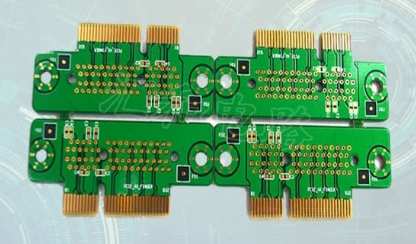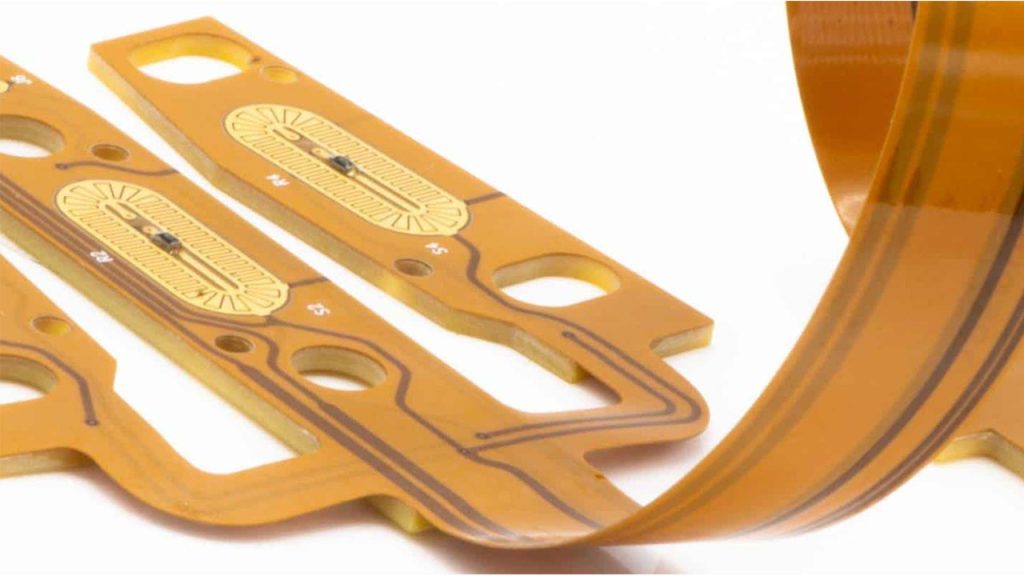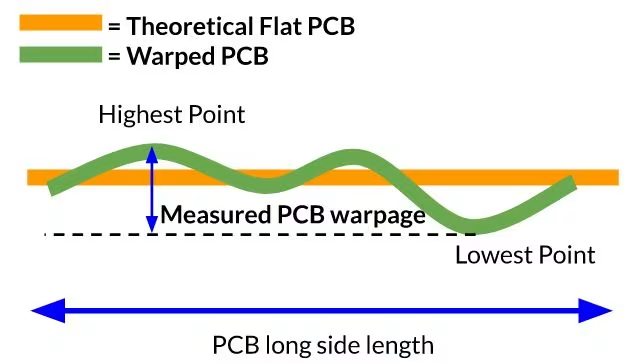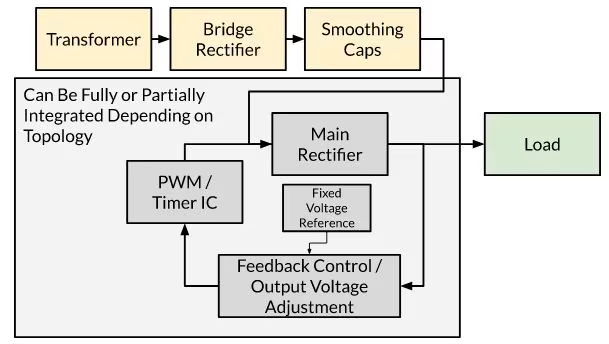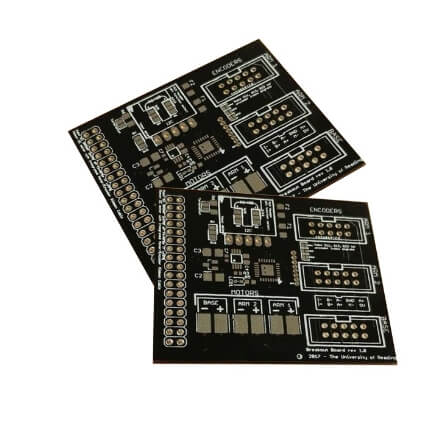There are many ways to solve the EMI problem. Modern EMI suppression methods include: using EMI suppression coatings, selecting appropriate EMI suppression components and EMI simulation design, etc. This article starts with the most basic PCB layout and discusses the role and design techniques of PCB layer stacking in controlling EMI radiation. Power Bus Placing...
HomeAuthor
kkpcba-Cindy - KKPCB - Page 11 of 74
Key Takeaways Defining two major concepts of PCB board design and production: class and build. An overview of the PCB layout department’s responsibilities: library part generation as well as placement and routing. Stepping more granularly through each task from schematic/design document reception to manufacturing files. Electronic devices saturate the modern world. Whether it is a...
Key Takeaways Cross-hatching significantly increases the flexibility of flex PCBs by reducing copper content. Helps maintain optimal impedance in flex PCBs without altering dielectric thickness or signal line width. Enables efficient manufacturing with reduced copper usage and improved resin adhesion. Cross-hatch PCB connector PCB cross-hatching is a technique where certain planes or large copper areas are designed...
Key Takeaways Rigid flex PCBs combine the challenges of rigid board and flex PCB design. The flexibility, small package size, and durability advantages of rigid-flex can be negated by the complexity, material, equipment specialities and lifecycle structural integrity challenges associated with rigid flex PCBs. OrCAD X includes functionalities and capabilities to help you overcome rigid flex PCB...
Key Takeaways Stress during fabrication, such as thermal expansion and contraction, imbalanced copper distribution, and improper handling, can lead to warpage. Utilize tools like feeler gauges, height gauges, contour gauges, optical profilometers, and Finite Element Method (FEM) simulations to accurately measure PCB warpage. Effective design practices using OrCAD X, such as symmetrical component placement and...
Key Takeaways Understand the purpose of each component in a variable power supply, including transformers, rectifiers, capacitors, and regulators. Learn about different topologies for variable power supplies, from discrete resistor selection to continuously variable potentiometer-based designs. Discover how OrCAD X tools like DFM, interactive routing, constraint management, and thermal analysis can streamline the design and optimization...
Key Takeaways The competitiveness of new product introduction makes it critical to optimize your prototype design process for effectiveness and efficiency. Your prototype PCB design software should exhibit essential attributes for managing component inventory, creating schematics, designing PCBs, verifying designs, and managing data. OrCAD X delivers the essential functionality and capabilities in one program for prototype design...
PCB design involves two critical stages: component layout and circuit connection wiring. The layout is the arrangement of circuit components within the PCB’s wiring area. A well-thought-out layout directly affects the ease of subsequent wiring and significantly impacts the PCB’s overall performance. In addition to meeting circuit functionality and performance requirements, a good layout considers manufacturability, inspection, and maintenance....
Electromagnetic compatibility (EMC) refers to the ability of electronic devices to function harmoniously in their electromagnetic environment without causing or being affected by electromagnetic interference (EMI). The goal of EMC design is to enable electronic devices to resist external interference while minimizing the electromagnetic interference they emit to surrounding devices. 1. Selecting the Right Wire Width Minimizing inductance...
Printed Circuit Boards (PCBs) are the backbone of electronic circuits, organizing and supporting all circuit components. Effective PCB design not only assembles components efficiently but also prevents errors caused by manual wiring. This article highlights five essential PCB design principles that enhance power supply design and improve overall performance. 1. Maintain a Logical Direction Segregate Signals: Group inputs/outputs,...

